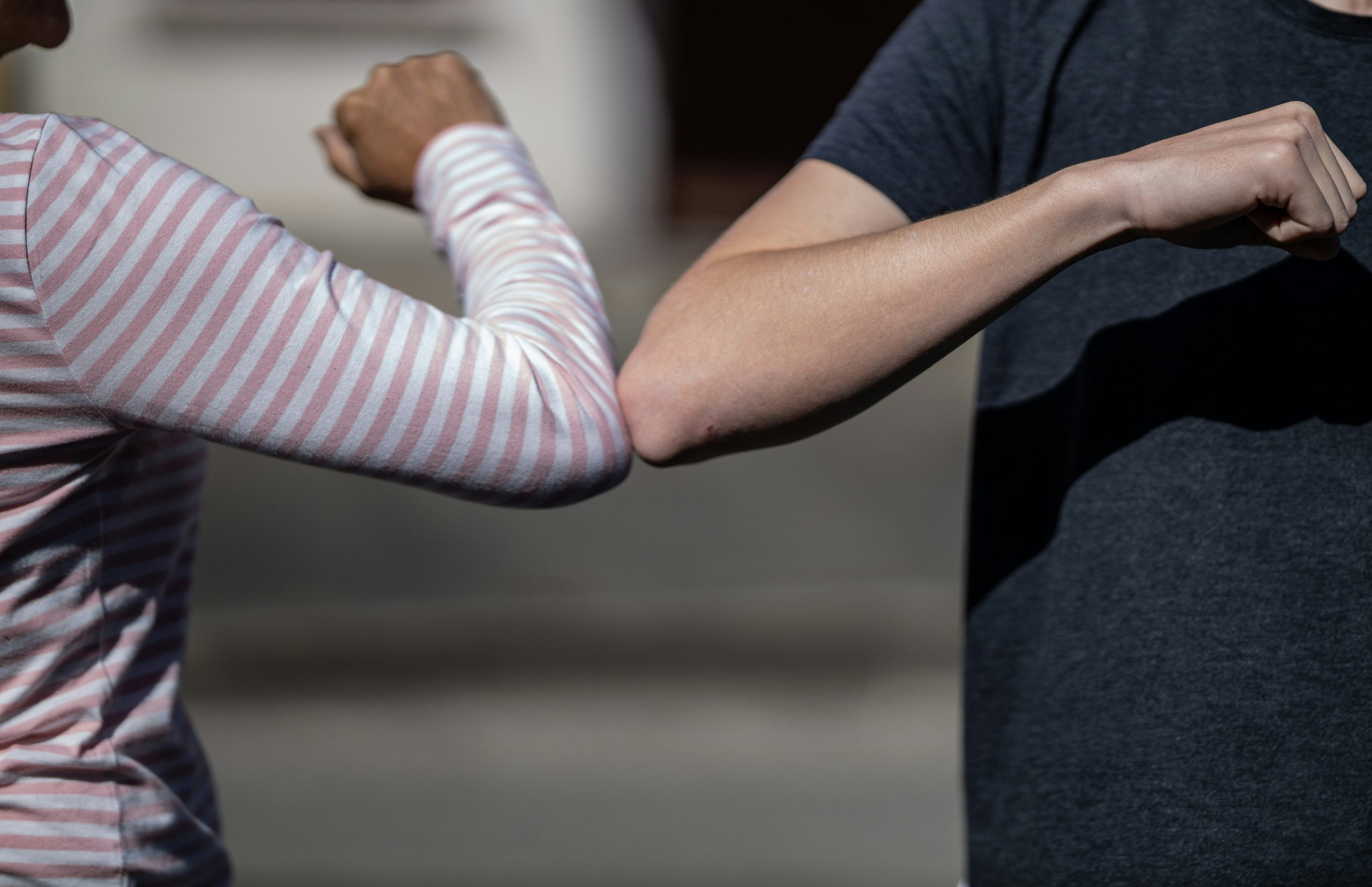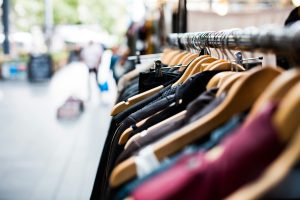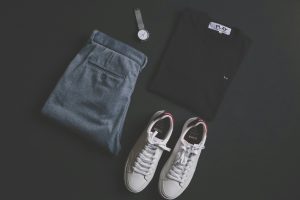Pandemic-Proof Fabrics: Virus-Neutralizing Textiles for Crowded Spaces
The COVID-19 pandemic has undoubtedly shifted our focus towards finding innovative ways to adapt to the new normal. With the virus spreading rapidly and still no cure in sight, it has become crucial to develop strategies to mitigate its impact. One such strategy that has gained significant attention is the use of pandemic-proof fabrics, specifically virus-neutralizing textiles for crowded spaces. These fabrics not only offer protection but also present an opportunity to create a safer and more hygienic environment. In this article, we will explore the concept of pandemic-proof fabrics and their potential to revolutionize the way we combat infectious diseases in crowded spaces.
The Need for Pandemic-Proof Fabrics
The recent pandemic has exposed the vulnerabilities of our healthcare and public systems. The ease with which the virus spreads in crowded spaces has been a major cause of concern. The World Health Organization (WHO) has also highlighted the importance of maintaining physical distancing as a crucial measure to control the spread of the virus. In this scenario, it is imperative to develop strategies to minimize the risk of exposure to the virus in crowded settings. This is where pandemic-proof fabrics come into the picture – as a viable solution to protect individuals in crowded spaces.
Virus-Neutralizing Textiles – How Do They Work?
Virus-neutralizing textiles, also known as antiviral textiles, are fabrics treated with specialized coatings or finishes to inactivate viruses and bacteria. These coatings contain chemical compounds or substances that, upon contact, have the ability to disrupt and destroy the outer layer of the virus, rendering it inactive. This prevents its transmission from one surface to another, significantly reducing the risk of contamination.
The Advantages of Using Pandemic-Proof Fabrics
The use of virus-neutralizing textiles presents several advantages, making it a viable solution for crowded spaces such as hospitals, public transport, schools, and office spaces. Let us take a look at some of these benefits:
1. Prevents the Spread of Diseases
The primary benefit of using pandemic-proof fabrics is their ability to neutralize viruses and bacteria. This significantly reduces the risk of transmission in crowded spaces and helps prevent the spread of diseases.
2. Reduced Need for Frequent Disinfection
Regular disinfection of surfaces is essential to prevent the spread of the virus. However, it is not always feasible to do so in crowded spaces. The use of antiviral textiles can minimize the need for frequent disinfection, as the fabrics themselves offer protection against infectious agents.
3. Maintains Physical Distancing
Physical distancing has been one of the key measures to control the spread of COVID-19. However, enforcing this in crowded spaces is a challenge. The use of pandemic-proof fabrics, combined with other preventive measures, can help maintain physical distancing and minimize the risk of exposure to the virus.
4. Affordable and Long-Lasting Solution
Pandemic-proof fabrics offer a cost-effective and long-term solution to control the spread of diseases in crowded spaces. These fabrics can be easily incorporated into existing infrastructure and require minimal maintenance, making it a feasible option for various settings.
The Future of Pandemic-Proof Fabrics
The potential of pandemic-proof fabrics extends beyond the current pandemic. With the increase in global travel and frequent outbreaks of infectious diseases, these fabrics can play a crucial role in preventing and controlling their spread in the future. Moreover, the demand for antiviral textiles is expected to increase even after the pandemic as people are becoming more cautious about hygiene and safety in public settings.
The development of pandemic-proof fabrics also opens up new opportunities in the textile industry. Textile companies and manufacturers are investing in research and development to create more efficient and durable antiviral fabrics. This, in turn, can boost the economy and create job opportunities in the industry.
Conclusion
In conclusion, the use of pandemic-proof fabrics, specifically virus-neutralizing textiles, presents a promising solution to control the spread of infectious diseases in crowded spaces. These fabrics offer several advantages in terms of affordability, long-term effectiveness, and ease of use, making it a viable option for various settings. With the research and development in this field gaining momentum, the future of pandemic-proof fabrics looks bright, and it could pave the way for a safer and healthier world. Embracing this technology could be the key to making our public spaces pandemic-proof and preventing the devastating effects of future outbreaks.











